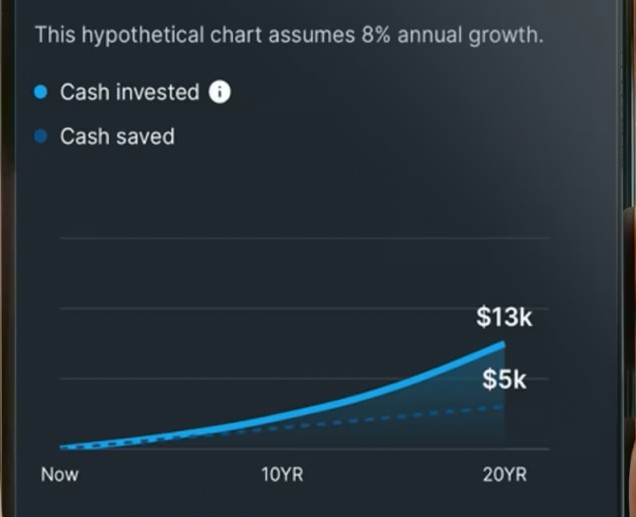Introduction to the Gig Economy
In recent years, the gig economy has completely reshaped how Americans work. From rideshare drivers to freelance designers, millions now earn a living without traditional 9-to-5 jobs. It’s liberating, empowering, and flexible—but when tax season rolls around, it can feel overwhelming. If you’ve ever felt confused or frustrated about what taxes you owe or what you can deduct, you’re not alone.
The rise of platforms like Uber, DoorDash, Fiverr, and Upwork has created a booming class of self-employed individuals who must navigate a different set of tax rules. This guide breaks everything down so you can understand your gig economy tax deductions clearly, avoid costly mistakes, and keep more of your hard-earned money in 2025.
What Is the Gig Economy?
The gig economy refers to a labor market made up of short-term, freelance, or contract work as opposed to traditional full-time employment. It includes:
- Rideshare drivers (e.g., Uber, Lyft)
- Food delivery workers (e.g., DoorDash, Instacart)
- Freelancers (e.g., writers, designers, coders on Upwork or Fiverr)
- Task-based workers (e.g., TaskRabbit, Handy)
- Virtual assistants, online tutors, and other remote side hustles
According to a 2024 Pew Research study, over 60 million Americans now participate in the gig economy in some capacity.
The appeal is undeniable—freedom, control, and flexibility. But with that comes new responsibilities. One of the most important? Understanding your tax obligations as an independent contractor.
For more on living affordably as a gig worker, explore our Cost of Living Comparison or check out the Affordable US Cities in 2025.
Why Gig Workers Need to Understand Tax Deductions
If you’re a gig worker, you’re likely self-employed. That means no employer is withholding taxes for you. You’re responsible for paying income tax, self-employment tax, and sometimes even quarterly estimated taxes.
But here’s the good news: self-employed individuals can also take advantage of a long list of business deductions to reduce their taxable income. If you earn $30,000 a year but have $10,000 in legitimate deductions, you’re only taxed on $20,000.
Many freelancers and gig workers feel anxiety around tax time. But with the right knowledge and preparation, you can face tax season with confidence.
Tip: Make use of Zero-Based Budgeting to allocate income and prepare for tax season efficiently.
Top Tax Deductions for Gig Economy Workers in 2025
1. Vehicle Expenses
Most gig workers use a car to do their job. You can deduct either:
- Standard mileage rate (2025 rate TBD by IRS; in 2024 it was 65.5 cents per mile)
- Actual vehicle expenses (gas, oil changes, repairs, insurance, depreciation)
Pro Tip: Use apps like Everlance, Stride, or MileIQ to track mileage easily.
2. Home Office Deduction
If you work from home and use a room exclusively for business, you can deduct:
- Rent or mortgage (percentage based on square footage)
- Utilities (internet, electricity, heating)
- Office furniture or equipment
You can use:
- Simplified method – $5/sq. ft. up to 300 sq. ft.
- Regular method – Actual percentage of eligible home expenses
For more home budgeting strategies, read How to Start a Budget When You’re Living Paycheck to Paycheck.
3. Internet and Phone
If you use your personal phone or Wi-Fi for business, deduct the business-use portion. For example, if 60% of your phone usage is business-related, deduct 60% of the bill.
4. Supplies & Equipment
Anything used to complete your gig work may be deductible:
- Laptops, tablets, software, headsets
- Design tools like Canva Pro or Adobe Suite
- Subscriptions to platforms like Grammarly Premium
Track these tools in a digital planner—see our Millennial-Friendly Digital Planner for Side Hustlers.
5. Health Insurance Premiums
If you’re self-employed and pay your own health insurance, deduct it directly on your Form 1040. This includes medical, dental, and even long-term care insurance for yourself and qualifying dependents.
6. Retirement Contributions
Gig workers don’t have employer-sponsored 401(k)s, but you can contribute to:
- SEP IRA
- Solo 401(k)
- Traditional IRA
These contributions lower your taxable income and help build long-term security.
Education and Development Expenses
Upskilling is essential in today’s competitive gig economy. You can deduct:
- Online courses and certifications related to your work
- Educational materials (books, workshops, webinars)
- Conferences or events that expand your industry knowledge
If you’re budgeting for these, check out 7 Smart Budgeting Apps Americans Swear By in 2025.
Deductions by Gig Job Type
Ride-Share or Delivery Drivers
- Gas and mileage
- Car insurance (portion used for business)
- Tolls and parking
- Car washes
- Dash cams and phone mounts
Freelancers (Designers, Writers, Developers)
- Software and app subscriptions
- Internet costs
- Office furniture or lighting
- Online courses and professional development
Task-Based Gig Workers (e.g., TaskRabbit)
- Tools and materials
- Protective equipment
- Travel expenses
- Uniforms or safety gear
Smart Record-Keeping Strategies
The biggest mistake gig workers make? Poor documentation.
Best Practices:
- Use accounting apps like QuickBooks Self-Employed
- Keep digital copies of all receipts
- Separate business and personal bank accounts
- Track mileage daily with a GPS app
Want to create a savings buffer for tax season? Try our 52-Week Savings Challenge to build your emergency fund.
Real-Life Example: Meet Jordan, a Gig Worker
Jordan, a full-time Uber driver in Chicago, earned $42,000 in 2025. Through smart record-keeping, Jordan deducted:
- $7,000 in vehicle expenses
- $2,400 for cell phone and internet
- $1,500 for health insurance
- $1,000 in SEP IRA contributions
Total deductions: $11,900
Taxable income = $30,100
Compared to another driver who didn’t claim deductions, Jordan saved more than $2,000 on taxes.
Financial and Emotional Benefits of Deductions
- Lower tax bills mean more money for essentials
- Reduced anxiety around filing deadlines
- Long-term savings via retirement and emergency funds
- A greater sense of financial independence
Need budgeting inspiration? Explore:
- Frugal Living Tips
- Budget Grocery Shopping
- Zero-Based Budgeting Guide
- How Much Should You Save Monthly?
Final Tips for 2025 Gig Tax Filings
- File using Schedule C (Profit or Loss from Business)
- Pay self-employment tax (15.3%)
- Consider quarterly estimated tax payments
- Consult a tax advisor if you’re unsure about deductions
- Bookmark IRS resources: Self-Employed Individuals Tax Center
Own Your Gig Economy Tax Journey
Being your own boss comes with challenges, but it also comes with powerful opportunities. Take control of your taxes, claim every deduction you’re entitled to, and build a strong financial future.
For additional tax guidance or tools to help with tracking, don’t miss our free resources and savings challenges.












